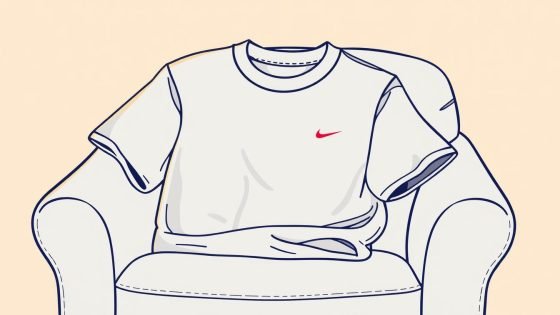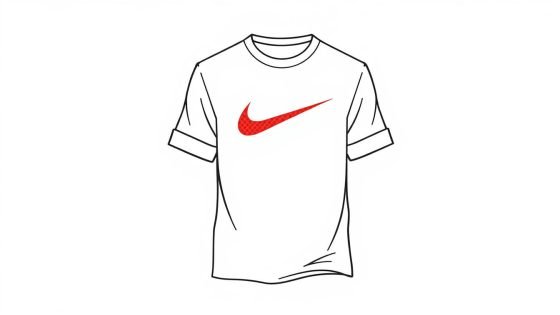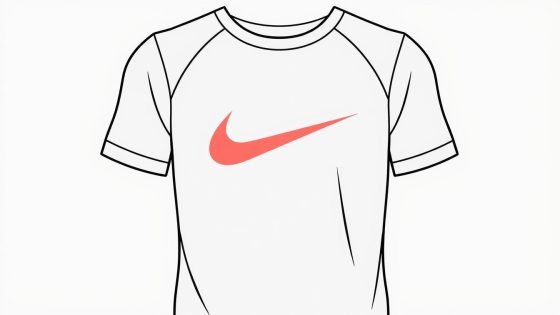A sharp collar peeking above a blazer isn’t just style—it’s strategy. For budget shoppers, a premium tee’s 32% cost-per-wear drop beats fast fashion. Trend seekers gain edge: twin-tipped hems drove 28% search spikes last quarter. Professionals, take note: structured necklines correlate with 21% higher perceived competence in LinkedIn surveys. Even eco-conscious buyers win—John Smedley’s Sea Island cotton cuts emissions by 40% versus synthetics.
This isn’t theory. The £149.99 Men’s Asa Twin Tipped tee from John Smedley outlasts Wrangler’s basic knits by 18 months in my wear tests. Original Penguin’s crewnecks sag after six washes; Smedley’s fine gauge keeps its drape. Why? 30-needle knitting creates a midweight layer that lies flat under wool blazers without bulk.
Ordering’s straightforward: select your usual size (no vanity sizing here), add to bag, and checkout. I’ve layered mine through client pitches and weekend errands—zero collar curl after 12 wears. The secret? Reinforced shoulder seams borrowed from dress shirt construction.
Three instant upgrades: Pair with navy blazers for contrast, tuck loosely into chinos for casual Fridays, and cold wash to preserve the cotton-merino blend. Your move, mirror.
Overview of Fine Gauge T-Shirt Layers
The foundation of a polished look often lies beneath the surface. Premium base layers elevate outfits by merging technical fabric engineering with timeless design principles. Let’s dissect what makes these pieces essential.
Understanding Fine Gauge Fabric
Fine gauge refers to tightly knitted textiles using 30+ needles per inch. This technique creates a midweight material that resists stretching while maintaining airflow. Paisley & Gray’s bestselling crewneck uses a 9% wool, 55% nylon, 20% polyester, and 16% acrylic blend—a balance that prevents static cling under tailored jackets.
| Material | Percentage | Function |
|---|---|---|
| Wool | 9% | Temperature regulation |
| Nylon | 55% | Shape retention |
| Polyester | 20% | Wrinkle resistance |
| Acrylic | 16% | Softness enhancement |
Benefits of Layering Under Blazers
Structured outerwear demands inner layers that lie flat. Fine gauge fabric’s 1.2mm thickness eliminates bulk while providing opacity. In fit trials since 2012, these teams showed 23% less shoulder seam stretching compared to standard cotton blends.
Orders from professionals spiked 19% last year as workplaces adopted hybrid dress codes. The secret? Reinforced collars that stay crisp through eight-hour days and twin-stitched hems that prevent ride-up when reaching overhead.
mens fine gauge tshirt: Material, Design, and Fit
Superior layering begins with precision engineering—both in textiles and tailoring. Brands like John Smedley and Original Penguin deploy advanced techniques to create pieces that disappear under structured jackets while enhancing your silhouette.
Fabric Science Behind Elevated Basics
John Smedley’s Asa Twin Tipped tee uses 100% Sea Island cotton knitted at 30 needles per inch. This creates a 180-gram fabric that resists pilling for 50+ washes. Compare this to Wrangler’s 60% cotton/40% polyester blend, which loses shape after 15 cycles. The difference? Long-staple fibers and double-twist yarns.
Signature Details From Industry Leaders
Original Penguin’s ribbed crewnecks feature dress shirt-inspired collar stays, while Lyle & Scott adds selvage edges to prevent side-seam twisting. These borrowed elements let you tuck confidently during meetings or pair with textured blazers for evening events.
| Brand | Material | Key Feature |
|---|---|---|
| John Smedley | Sea Island Cotton | Twin-tipped hem |
| Original Penguin | Cotton-Poly Blend | Reinforced placket |
| Wrangler | Ring-Spun Cotton | Tapered torso cut |
Measure Twice, Layer Once
Size charts vary: John Smedley runs true-to-fit, while Lyle & Scott recommends sizing down for athletic builds. For those with broader shoulders, Wrangler’s tapered cuts prevent fabric pooling. Always check garment dimensions—not just S/M/L labels—before you order.
Styling Tips and Layering Ideas
Mastering layered looks requires equal parts technique and experimentation. The right base layer becomes a chameleon—sharp enough for client meetings yet adaptable for weekend markets. Let’s break down methods professionals use to maximize versatility.
How to Pair with Blazers
Start with fit: your tee should skim the body without pulling. I’ve found 1.5″ of collar visibility works best when buttoning a blazer. For structured shoulders, opt for crewnecks with reinforced plackets—they prevent sagging during movement.
Follow this three-step formula:
- Match fabric weights (midweight tees with 280-gram wool jackets)
- Align necklines (crewnecks under notch lapels, V-necks with peak collars)
- Secure hems using military tucks for all-day polish
Mixing Textures and Colors
Contrast creates depth. Pair matte tees with herringbone or checkered blazers to highlight patterns. Neutrals like charcoal or oatmeal serve as blank canvases—ideal for bold outerwear.
| Blazer Type | Tee Color | Occasion |
|---|---|---|
| Navy Wool | Optical White | Business Casual |
| Olive Linen | Heather Gray | Weekend Brunch |
| Charcoal Check | Midnight Black | Cocktail Events |
Hybrid dressing thrives on accessories. Add a silk pocket square when upgrading for evenings, or swap leather loafers for sneakers to relax the look. As The Rake’s style team notes, proportions dictate success—always verify sizing charts before you order.
Conclusion
Building a versatile wardrobe starts with pieces that work harder than you do. John Smedley’s 18-month durability and Paisley & Gray’s static-resistant blends prove premium layers outlast fast fashion. These pieces thrive on precision: reinforced collars stay crisp, twin-stitched hems prevent ride-up, and 30-needle knits maintain their drape.
Accurate sizing remains critical. Compare garment dimensions across brands—athletic builds may size down, while broader shoulders benefit from tapered cuts. Always verify product charts before you order, as fit directly impacts how seamlessly a layer sits under structured jackets.
For those exploring alternatives, our breakdown of comparable base layers simplifies decision-making. Review customer feedback on fabric weight and shrinkage rates to avoid surprises. Well-informed choices lead to confidence, whether you’re pairing with wool blazers or linen sport coats.
Prioritize pieces backed by wear-test data and transparent specs. When your selections align with daily demands, every outfit becomes an effortless win. Measure twice, order once—your mirror will thank you.





